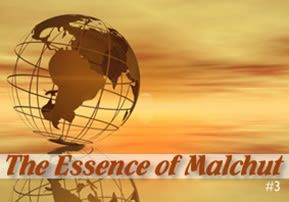
The Essence of Malchut
The essence of Malchut is to enable worlds to exist dependent upon it like branches.

Part 35 of “138 Openings of Wisdom” by Rabbi Moshe Chaim Luzzato
Opening 26, Part 3
The sway which the Unlimited has over each of them is considered as the other nine Sefirot (e.g. Chessed of Chessed, Gevurah of Chessed, etc. and so too in the case of every Sefirah, with the exception of the Malchut of each one). From their side they are not divided, for the Unlimited holds sway over every part of the pathway of limitation and boundaries, bringing it back beyond limitation. Inasmuch as the Unlimited holds sway over these nine Sefirot, bringing them back beyond limitation, they are spoken of as the nine Sefirot of Eyn Sof, but not on account of what they are in themselves. However, the Sefirot after the Tzimtzum are all parts of Malchut: after the Tzimtzum, we are speaking of the nine Sefirot only from the aspect of their Malchut, and accordingly they are all limited. The Malchut of each of the individual Sefirot is the pathway of limitation and boundaries that was subsumed in Eyn Sof as a hypothetical possibility prior to the Tzimtzum, while the upper nine Sefirot of each individual Sefirah indicate the Unlimited, Who holds sway over the pathway of limitation. They are not the Unlimited in Himself, but give enough indication of Him as is necessary for the sake of the government, as will be explained in its proper place.
Part 2: This Residue… The existence of this Residue depends upon the bond of all the individual Malchuyot of the nine higher Sefirot, this being the law that the lower realms should exist — Malchut, the tenth law of the Ten Laws constituted by the Ten Sefirot. Accordingly, the bond of the last, bottommost powers contained in the Unlimited, which joined together to make the Residue in this way, is the overall Malchut. This is the “place” of the created realms and beings, for this is the law that gives them existence. The Residue itself is made up of these powers that were joined together, these being the root of the lower realms, as below.
… is called the place of all that exists because this is what gives them the ability to exist, which the aspect of limitlessness did not give them. It is called a “place” or “space” inasmuch as it fulfills the function of a place or space, which contains that which stands within it. However, it is not a place in the physical sense of being an actual place containing whatever stands within it. For the concept of physical space is not applicable to the Sefirot, since they are Godliness, and in Godliness there are no physical accidents.
Part 3: This place is said to be empty — (Chalal, literally “hollow”) in the sense that it serves as a container to hold others. It is a particular level whose essence is such tit needs others to exist in and depend upon it (like a space waiting to be built up, which is empty as long as it is not filled with buildings). Since the essence of Malchut is to enable worlds to exist dependent upon it like branches, we say metaphorically that it has a “container”. And as long as only this level existed and the worlds did not exist, we say that the container was “hollow” and “empty”. As soon as the worlds dependent upon it exist, we say that its hollow is full.
Indeed, as long as the Unlimited held sway, everything was completely perfect. As soon as the Unlimited departed, Malchut was revealed as a “container”, but initially it was not revealed as being filled with all its worlds, but rather as an empty space. Nevertheless, it was not completely hollow, for the root of the worlds that were destined to emerge was present in the form of the Residue, except that the Residue was like air, in the sense that the worlds were not discernible. Accordingly, even though its container was full (i.e. of air) it is called “hollow” in relation to Eyn Sof, blessed be He. For initially, prior to the Tzimtzum, there was no need for any further perfection, and even after the Tzimtzum, the encompassing Eyn Sof lacks no perfection whatever. That which is still in need of perfection is called “hollow” — i.e. lacking in perfection in relation to the perfection of Eyn Sof. We therefore say that afterwards, when the Line came down and made the Residue into Sefirot, we say that it “filled” this “hollow”. This is why the kabbalistic sages said that the Line “filled” the hollow, and that the entire hollow space was filled with the ten Sefirot of Adam Kadmon (Etz Chayim 1:4).
It could be objected: What need is there to say that it is called “hollow” in relation to Eyn Sof? Should we not say it is called “hollow” because it is still in need of perfection? The answer is that inasmuch as the container was at that time filled with the Residue, it should not have been called hollow. However, in relation to the encompassing Eyn Sof, blessed be He, Who is perfect in every way and to Whom the concept of further perfection is not applicable, it is called hollow. It is also called hollow relative to what it was when it was filled with the Unlimited, which departed from it.
…and it is empty of the light of Eyn Sof, blessed be He, in the sense that His limitlessness is not found there as at first. This explains why the worlds can exist on this level in the hollow of which we are speaking, because the Unlimited — which would otherwise not permit the existence of separate levels — is not found there after the Tzimtzum.
The way this appears in the prophetic vision is as a hollow, vacated space, filled with a fine light that we call the Residue. This is the “place” in which all the created worlds will stand, as I have explained.
(Rabbi Avraham Greenbaum is the director of Azamra (http://www.azamra.org/).
The 138 Openings of Wisdom is available for purchase online at http://www.azamra.org/Product_pages/openings.htm)







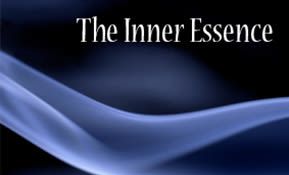
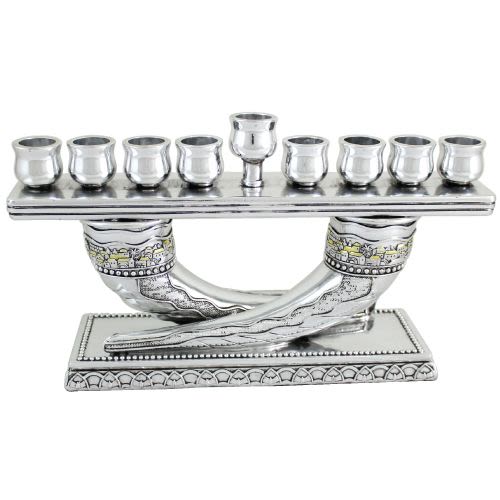
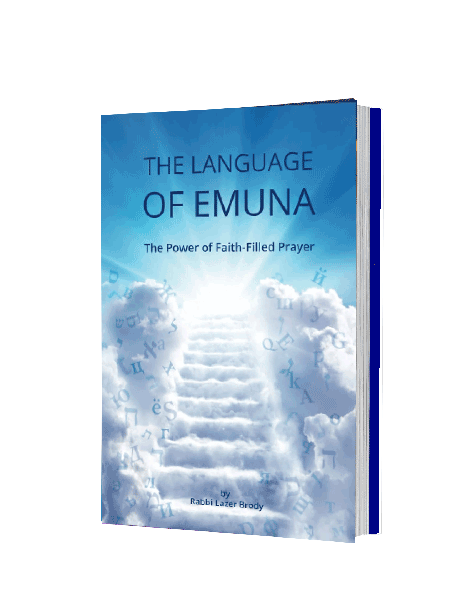
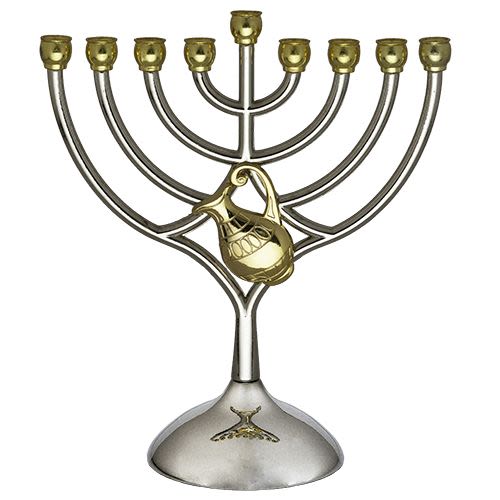


Tell us what you think!
Thank you for your comment!
It will be published after approval by the Editor.